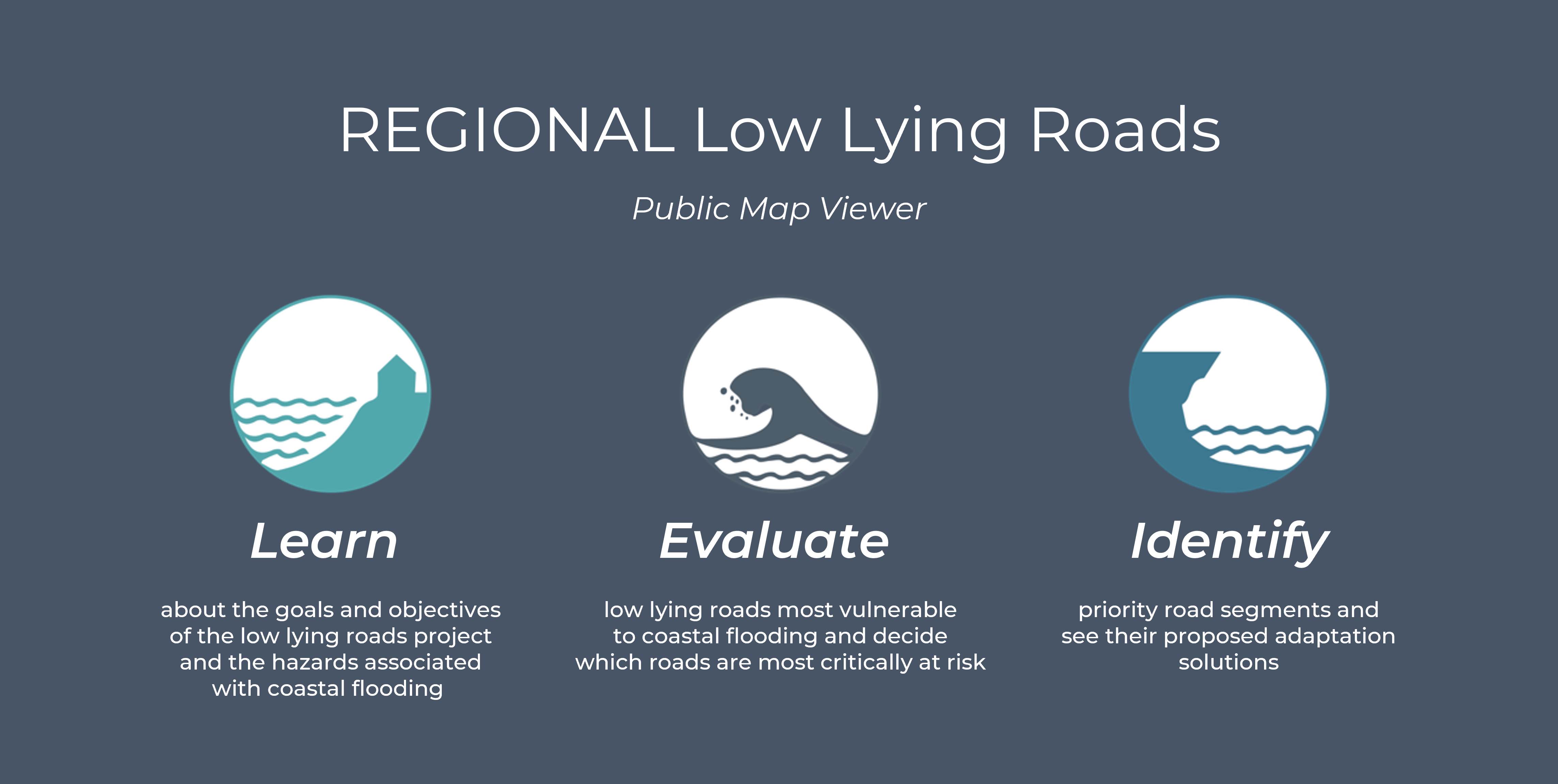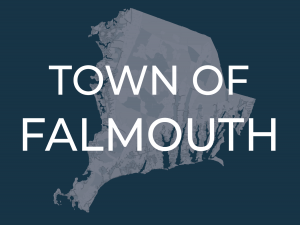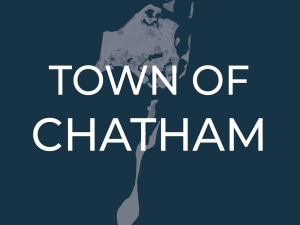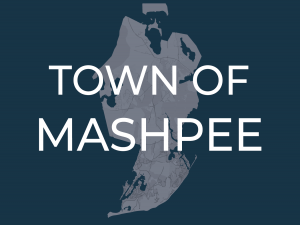Overview
The Cape Cod Commission is working with all 15 Cape towns, including the Town of Provincetown, to examine vulnerabilities in the roadway network and identify solutions. With funding support from the Massachusetts Municipal Vulnerability Preparedness (MVP) program, the Commission has contracted with the Woods Hole Group (WHG) to conduct a vulnerability assessment of roadway segments, bridges, and culverts due to flooding from the combined effects of sea level rise and storm surge.
WHG will employ the state-of-the-art Massachusetts Coast Flood Risk Model (MC FRM) to identify vulnerable road segments under different sea level rise scenarios and time scales. One output from this work is a projection of the probability and extent of flooding at the present, 2030, 2050, and 2070.
Meeting 1 (June 2023)
Presentation: Provincetown Low Lying Roads Presentation
Meeting 2 (April 2024)
Presentation: Provincetown Low Lying Roads Presentation, Meeting 2

The Low Lying Roads Data Viewer is an interactive tool which allows the user to view the data outputs of the low lying roads analysis in a visual map format.
To use the Data Viewer, click on the link above and navigate around the map using the instructions included in the left panel.
High Priority Road Segments
The table below presents a first cut of priority road segments identified through a GIS analysis examining future flood projections together with an assessment of roadway importance and function (roadway “criticality”). The data is the result of an analysis performed by the Woods Hole Group using the Massachusetts Coast Flood Risk Model.
Adaptation Strategies Analysis
Following the workshop last spring, town staff identified two priority road segments to carry forward into the design process for this project. The adaptation solutions include a variety of alternative strategies for the prioritized roads: gray infrastructure, green infrastructure, and a hybrid approach.




